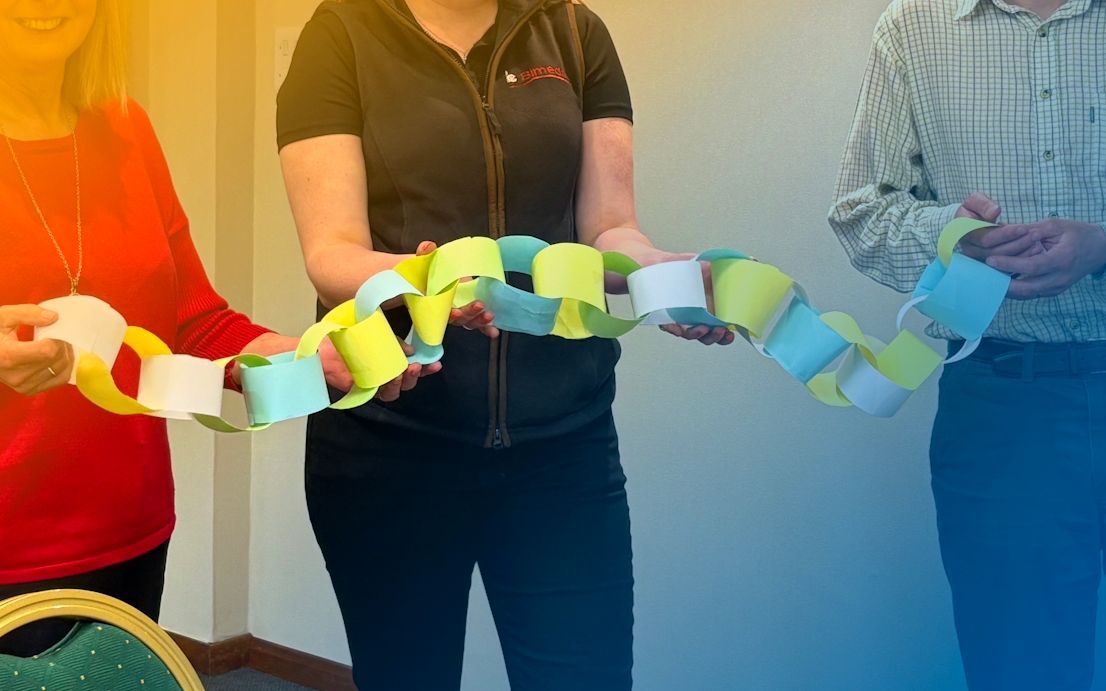Accredited or non-accredited training - What's the difference?
What is the difference between accredited and non-accredited training courses?
Accredited training means that there are certain standards of content which the "licensing Body" has approved, versus non-accredited training, meaning that the content can be completely bespoke and tailored to your business needs and is not an "out of the box solution".
It also offers many other benefits:
1. Customised for your needs: Non-accredited training works on the fact that "one size doesn't fit all", be that individual teams or businesses.
2. Practical, real-world focus - which all good non-approved training providers will ensure the training uses your products and examples that are used in all the workgroups, exercises, discussions, presentations, role plays, etc.
3. Flexible and Faster; Training at a time and place that suits you and your business- often accredited courses are in set locations and dates, non-accredited courses are designed around your business needs.
4. Run by experienced practitioners; They have a wealth of real-life knowledge and experience, and haven't just read it in a book, happy to share their learnings and even mistakes from the past!
5. Immediate implementation: As the training is hands-on and led by experienced professionals who have done the job, rather than academics, or "trained accredited trainers" who cannot go off script the same. Teams and individuals can implement their training straight away in the field.
6. Teamwork: Bring internal and cross-functional teams together to share a common language, with the added advantage of improving internal collaboration, communication and motivation
7. Flexible, in terms of place and content, as everything that is in an accredited course that is changed must be checked and agreed upon before any specific changes, which could take months and incur extra cost. Meaning content is more dynamic and responsive to current issues and trends.
8. Partnership - non-accredited training means having collaborative conversations between the training provider and the managers and team members in the business before delivery… You get exactly what you need.
9. Focus on business results, not credentials - Most delegates and managers want to know "how will this training benefit me and my business"? Things like:
1. Improving at getting in front of the decision maker
2. Negotiating an outcome that's truly "win-win"
3. Getting my sales area to target
4. Motivating my team to perform
10. Adding Value, by working collaboratively, and an ongoing business partnership with your training provider, they can become a valuable resource in terms of knowledge, support and confidence & give consistency in style to your future training needs. (more in future blog)
In summary, at Vital Spark we considered making our courses accredited; however, whilst we are accredited in tools, such as NLP practitioners, Motivational Map practitioners and coaches. We wanted to keep our strength of being a bespoke training provider to meet our customers differing needs and levels of experience to deliver what you need to “ignite your teams’ performance.






















